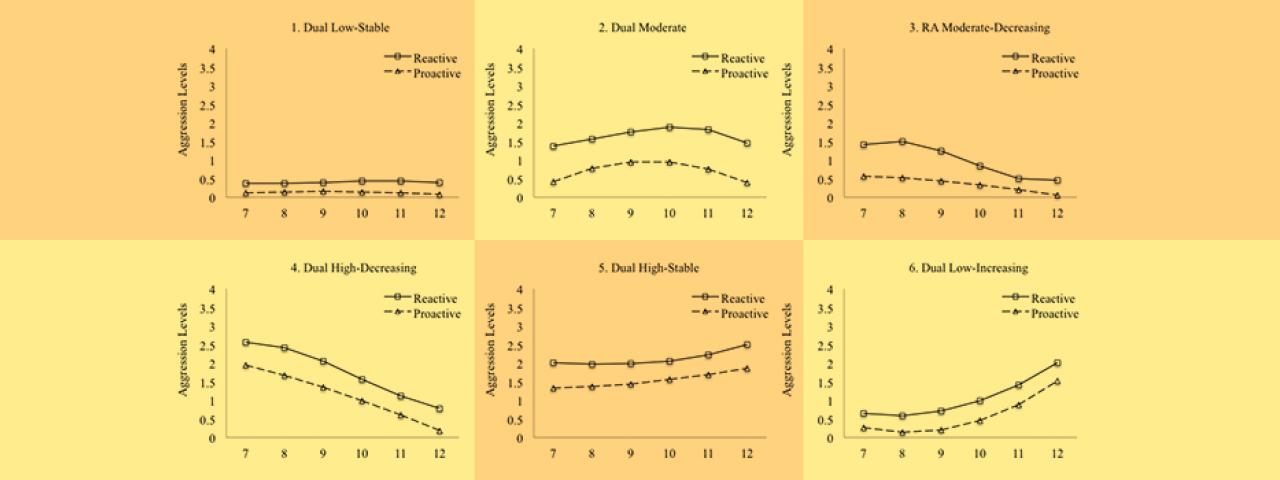
Child aggressive behaviors take many different forms. Reactive and proactive aggressions are two forms among many. Reactive aggression usually happens when one is provoked and emotional, thus react in an aggressive way. Proactive aggression happens when one uses aggression to achieve certain goals such as to gain a high status. The Journal of Abnormal Child Psychology published a paper in which Lixian Cui (NYU Shanghai), Tyler Colasante (University of Toronto), Tina Malti (University of Toronto), Denis Ribeaud (ETH Zürich), Manuel P. Eisner (University of Cambridge) posit that reactively aggressive kids may have difficulty in regulating their negative emotions whereas proactively aggressive kids may be cold-blooded and have deficits in moral development.
In this study of a group of 1,571 Swiss children, the authors examined how these two forms of aggressive behavior change over time from 7 to 12 years old. They tested how child early sensation seeking (tendency to pursue exciting experiences), risk taking (tendency to act on impulses for reward despite potential bad consequences), and moral reasoning (reason why it is right or wrong to push another child, teasing or bullying others) were related to the different change trajectories. Teachers rated children’s aggression across 6 years. Children’s sensation seeking and risk taking were assessed using two interactive computer tasks, and their moral reasoning was examined in response to four hypothetical vignettes depicting moral transgressions.
First, The authors found that when children were proactively aggressive, they usually also were reactively aggressive. Second, Cui and his colleagues found that children with high levels of both reactive and proactive aggression across childhood and adolescence showed high levels of sensation seeking and risk taking, as well as low levels of moral reasoning, suggesting that they might have both self-regulation problems and deficits in moral development. When children only showed high aggression during childhood or started to show high aggression in adolescence, they tended to be high in sensation seeking, suggesting that they might have self-regulation problems.
These findings are useful for the design of intervention strategies for different forms of aggression. Specifically, reducing high levels of sensation seeking and risk taking by teaching children self-regulating strategies, and increasing moral reasoning by enhancing children’s moral awareness may be critical in curbing their persistent reactive and proactive aggression.

